Jaundice, also called Icterus, can be observed in cats when their eyes, ears, gums, foot pads, and skin all over their body displays a yellow color. Make no mistake that the onset of jaundice, caused by high levels of bilirubin in the blood, is a serious illness that can lead to deadly results for your feline. Depending on what specific medical condition is causing high bilirubin levels, jaundice can absolutely be treated in cats. Let’s explain the causes, symptoms, and treatment of jaundice in cats, and what your veterinarian can do to decrease your furry friend’s bilirubin levels.
Causes of Jaundice in Cats
To understand jaundice, it’s important to explain what bilirubin is beforehand. Bilirubin is presented into the bloodstream following a major breakdown of red blood cells. When red blood cells wear out, they are trapped in the spleen and destroyed, releasing bilirubin into your feline’s blood. Unconjugated bilirubin is transported in the blood to the liver, where it is taken up and conjugated by coming to contact with glucuronic acid. This conjugated form may either be stored in the liver cells or excreted through bile.
There are countless diseases that can cause the onset of jaundice in cats, although all these diseases fall into three main categories, being:
- Liver Disease: Exponentially larger bilirubin levels are present in cats with liver diseases. All feline liver diseases can be classified as a hepatic cause of Jaundice. Hepatic Lipidosis, or fatty liver disease, is the most common cause of jaundice in cats, although there are many other causes of feline liver damage that can cause jaundice.
- Breakdown of Red Blood Cells: Hemolysis, which is the destruction of red blood cells, occurs within the blood vessels, liver, and spleen. Classified as pre-haptic jaundice, bilirubin build-up can happen if the liver is unable to eliminate the hemolyzed cells.
- Obstructed Feline Bile Duct: Classified as post-hepatic jaundice diseases, an obstructed bile duct can be caused by inflammation of the gallbladder, gallbladder rupture, cancers, and gallstones.
Symptoms of Jaundice in Cats
By definition, jaundice stands for yellowing of the skin. The most common areas that yellow are the whites of your cat’s eyes, inside of their ears, along their lips, or along the roof of their mouth. Most cats experiencing jaundice are also sluggish, regularly vomiting, or have a loss of appetite. Additional signs of feline jaundice include:
- Diarrhea
- Frequent Urination
- Lethargy
- A Round Abdomen
- Stomach Discomfort
- Rough Coat
- Absence of grooming
- Irregular Bleeding from Wounds
- Difficulty Breathing
- Fever
Treating Jaundice in Cats
Treatment of jaundice depends on each cat’s individual cause. If the cause of jaundice in your cat leads to hospitalization, supportive treatments may include antibiotics, an assisted feeding tube, IV fluids, anti-emetics, and supplements such as Vitamin K or Silybin. Rarely, surgery may be necessary to remove either a mass or a ruptured gall bladder.
However, preventing high bilirubin levels is commonly seen as an ideal method to prevent your cat from catching jaundice. Dr. Bill’s Feline Fitness & Health is a delicious, concentrated nutritional powder, scientifically formulated to provide a balanced blend of 50 nutrients that support optimum fitness and health in growing, physically mature and senior cats. Designed to promote a strong, lean body, a healthy immune system, a balanced digestive tract, flexible joints, plus healthy eye, heart, and brain function. Feline Fitness & Health is safe for cats of all ages, and actively helps to prevent the onset of jaundice.
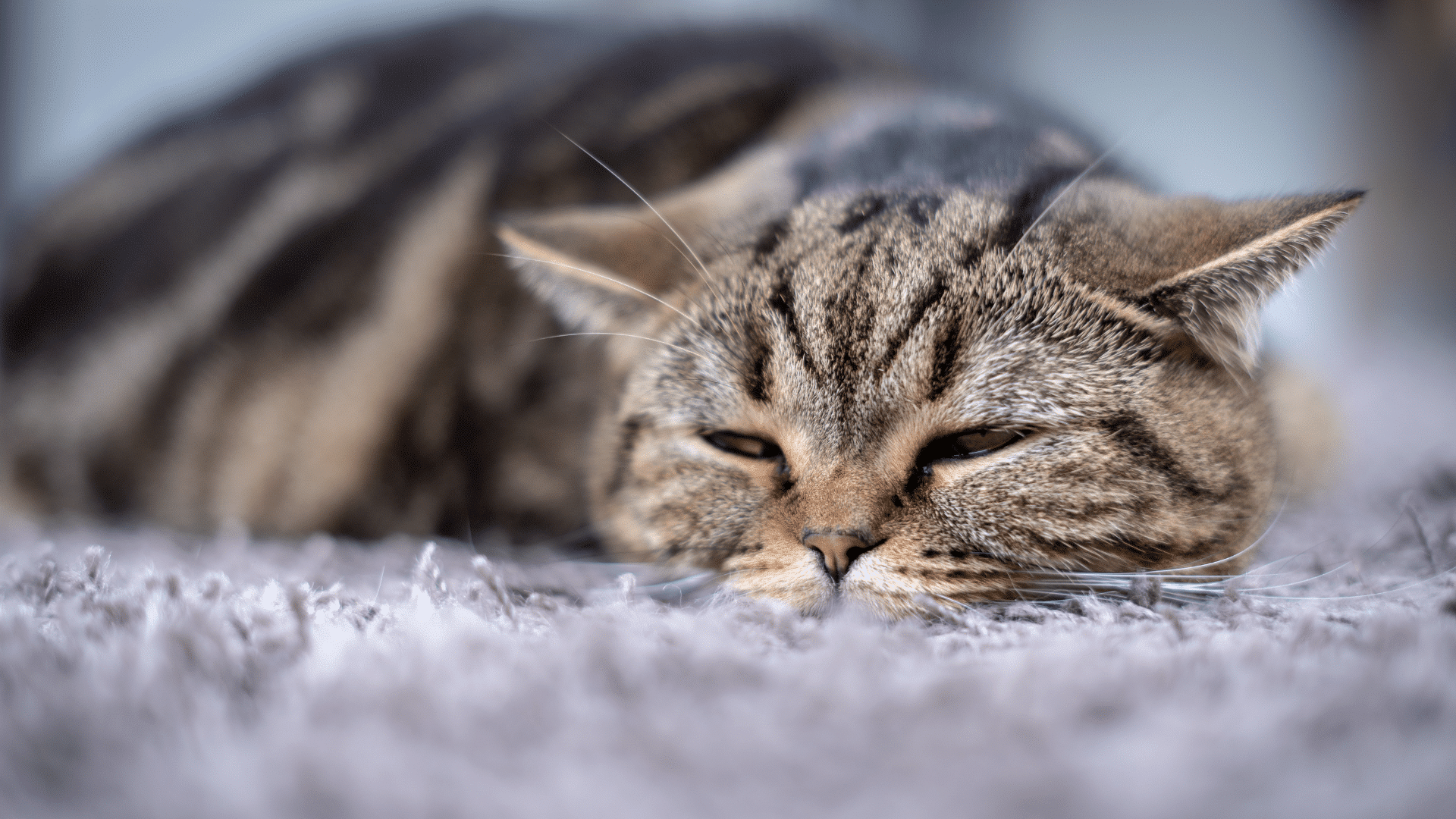

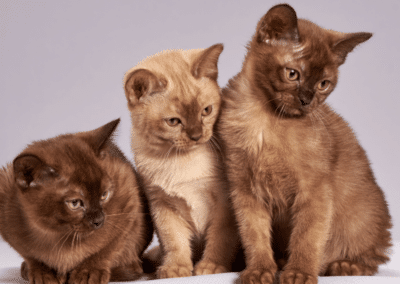
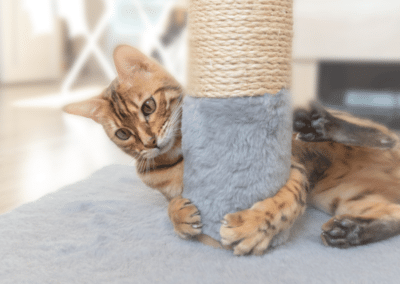
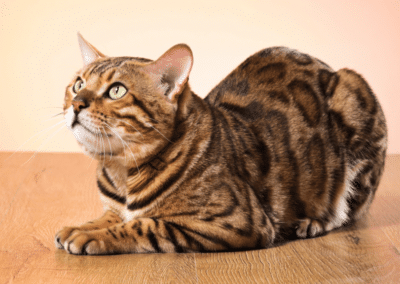
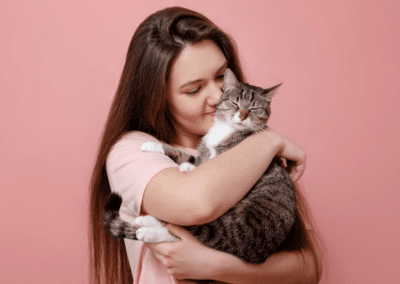
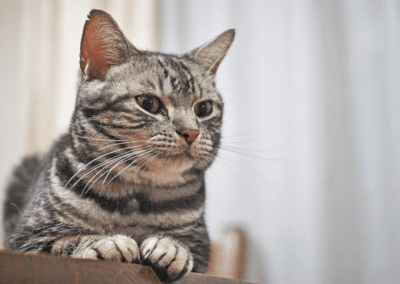
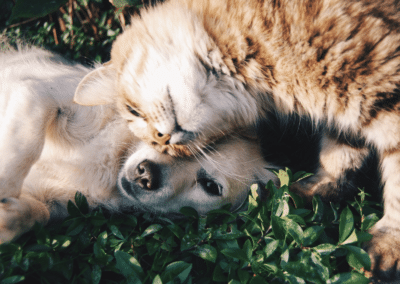

0 Comments